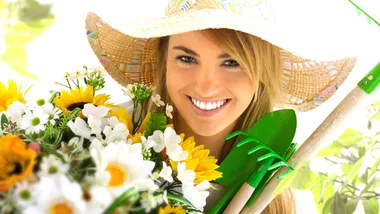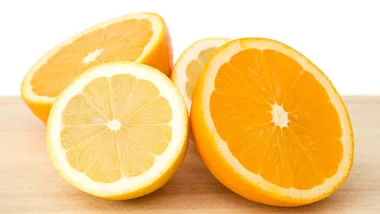The shamed radio host fears that with his career in crisis he’s about to lose it all, writes Angela Mollard.
Just 10 months ago, Kyle Sandilands sat on his throne like a portly king surveying the opulent scene before him. He took in the A-list celebrity guests, the ostentatious eight-tier cake, the thousands of Swarovski crystals used to spell out his and his bride’s names and, of course, Tamara herself, dressed in 200 metres of finest quality silk.
If ever there was a moment when he felt he had made it, this was it.
Yet less than a year after his grossly extravagant wedding, the self-styled media king has hit rock bottom.
In TV’s most humiliating dethroning, he has lost his $1 million-a-year job on Australian Idol, cost his radio employers millions in lost advertising, and invited the spotlight onto his finances, with his debts estimated at $2.2 million.
And all because he cast aside decency, caution and the traditional seven-second program delay which might have saved him, and instead grilled a 14-year-old girl about her sexual experiences on-air.
Now, just as he has reached the peak of his career, Kyle’s world is crumbling around him and Woman’s Day can reveal that he is terrified he is about to lose all he has created.
“He’s spent his whole life working towards being rich and famous, and now that he’s achieved that, he’s extremely worried that it’s all going to evaporate,” says one media insider.
Reactions to the radio stunt have been strong, with Prime Minister Kevin Rudd saying, “This is really off. It’s wrong, shouldn’t be done. This is a young girl and I am really distressed at the way in which the young person has been treated. [A police investigation] is entirely appropriate.”
For the full story see this week’s Woman’s Day, on sale August 10, 2009.
Budget meal planner: Thai beef salad for $9.90
Reader recipe: Chocolate vanilla slice by Lucy Defilippis, Berwick, Vic.



.png?resize=380%2C285)
.jpg?resize=380%2C285)




.png?resize=380%2C285)





















